1. McDonald’s Once Tested Bubblegum-Flavored Broccoli
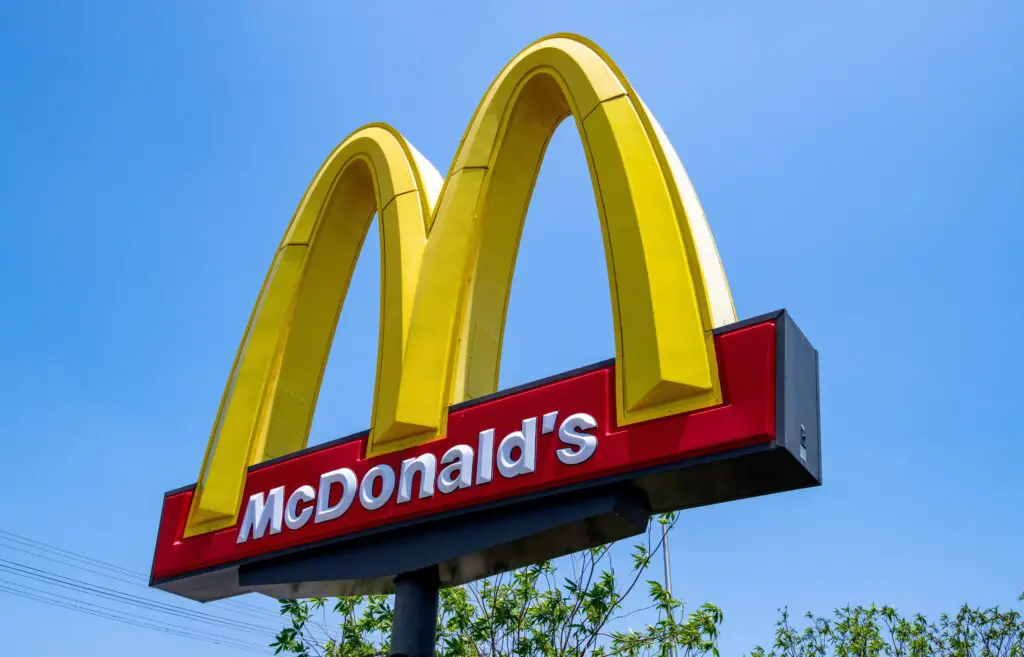
In an attempt to make kids eat more vegetables, McDonald’s once created bubblegum-flavored broccoli. Yes, it was as bizarre as it sounds. This fun fact came straight from a Discovery Channel feature on failed food innovations. Kids were so confused by the flavor that the experiment was quickly shelved. Even Ronald McDonald probably raised an eyebrow at that one shares CBS News.
The idea behind it wasn’t totally off base—get kids interested in veggies by adding something familiar. But the final product was more confusing than appealing. It’s a good reminder that not every wacky idea is worth putting on a tray. Industry insiders admitted they were stunned such a concept even got past the idea stage adds Reddit.
2. Subway Bread Once Contained a Chemical Found in Yoga Mats
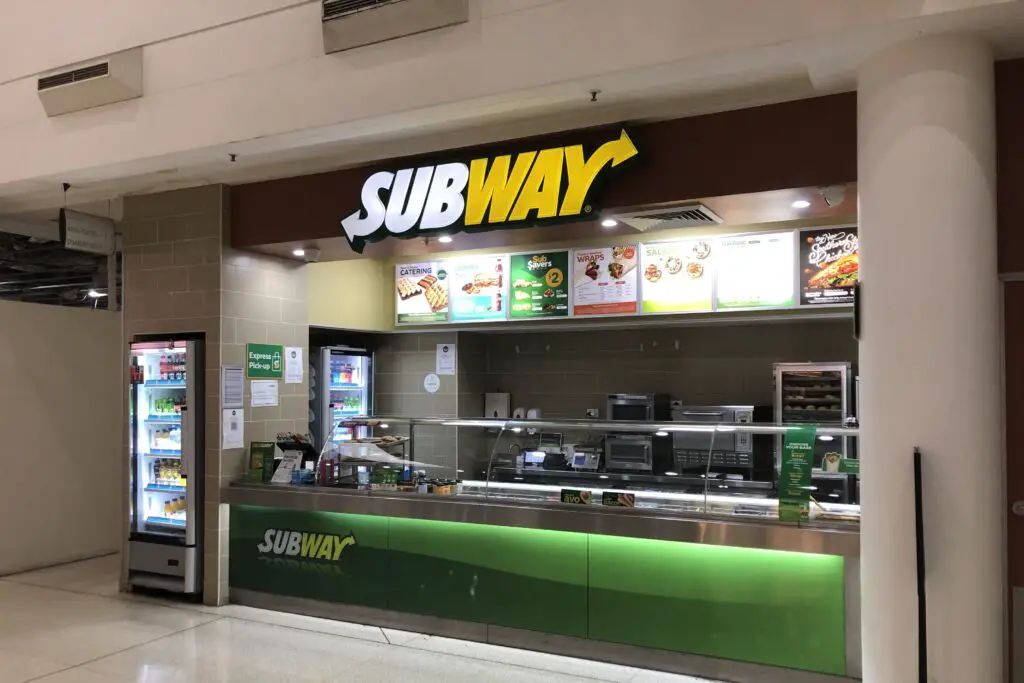
Subway found itself in hot water when the Discovery Channel revealed that its bread used to contain azodicarbonamide, a chemical also found in yoga mats. This compound helps make bread fluffier but doesn’t exactly scream “fresh.” The public wasn’t thrilled, and neither were many people in the industry who had no idea it was being used says Eater.
Subway eventually removed the ingredient after public backlash. It’s one of those behind-the-scenes food facts that made even seasoned restaurant developers pause. The food chain claimed the additive was safe, but consumers preferred not to eat anything they could also do downward dog on. After the backlash, other brands quietly followed suit adds CNN.
3. Fast Food Ice Machines Are Dirtier Than Toilets
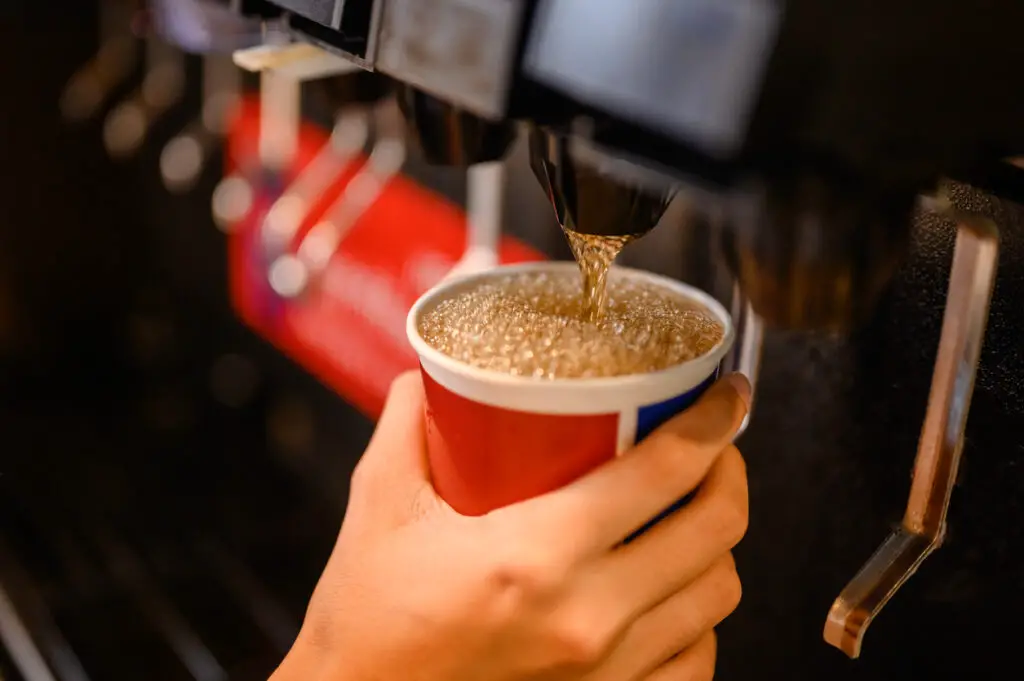
Discovery Channel did some undercover tests on fast food ice machines, and the results were not pretty. In several cases, the ice had more bacteria than the restaurant’s toilets. Industry experts were horrified to see how infrequently the machines were cleaned, despite being a major part of customer orders.
While the soda fountain often gets wiped down daily, the inner workings of the ice machine are rarely touched. One inspector said the mold buildup was enough to make anyone rethink that Coke with extra ice. After this was aired, several companies updated their cleaning protocols. But let’s just say you might want to skip the ice next time.
4. Chicken Nuggets Contain More Than Just Chicken
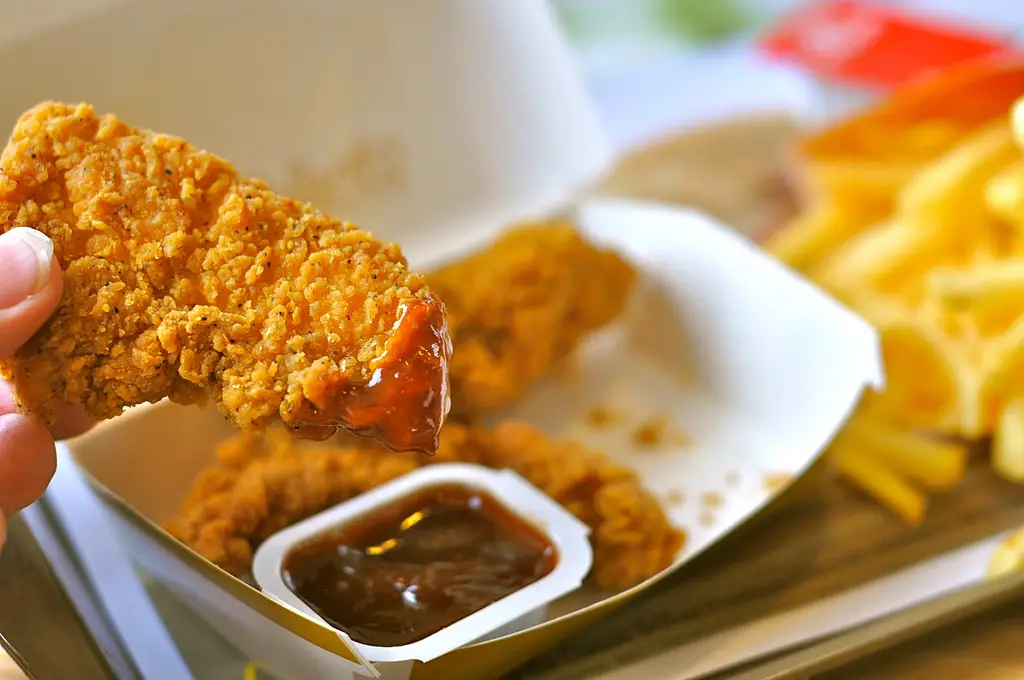
According to a deep-dive on Discovery Channel, some fast food chicken nuggets are less chicken and more mystery. While they’re marketed as white meat, many nuggets include cartilage, fat, skin, and even blood vessels. It shocked viewers and even some restaurant insiders who weren’t fully aware of the nugget-making process.
This Frankenstein-style food creation relies on emulsified meat paste, which is then shaped, breaded, and fried. Once it’s golden brown, you’d never guess what’s inside. It’s still technically chicken, just not the kind you’d slice off a roasted bird. The segment prompted a lot of changes in labeling and sourcing at major chains.
5. Fries Can Contain Up to 19 Ingredients
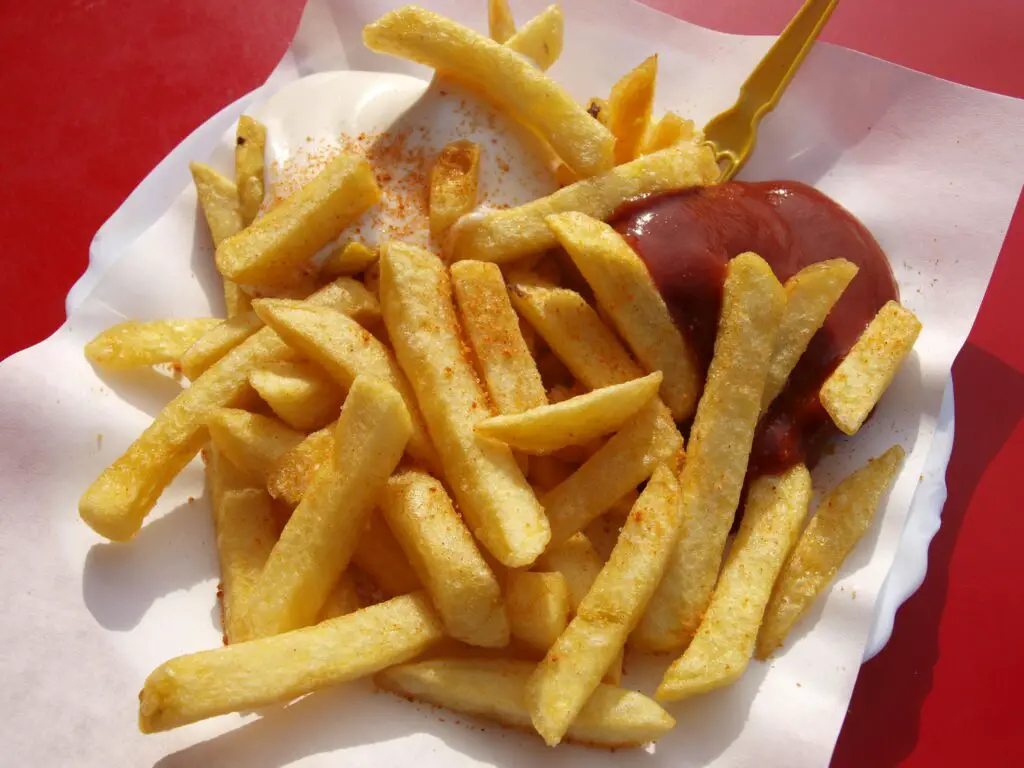
You’d think fast food fries would just be potatoes, oil, and salt. But Discovery Channel revealed that some fast food fries contain up to 19 different ingredients. From preservatives to artificial coloring and even sugar, it’s a far cry from homemade spuds. That long list shocked more than a few chefs and product developers.
Some of the additives help maintain color and crispness, especially during transport and storage. Others are used to boost flavor and shelf life. But even food scientists were surprised by just how long the ingredient list had gotten over the years. Simplicity clearly took a back seat to consistency.
6. Milkshakes Often Have No Real Ice Cream

If you’ve ever wondered why a fast food milkshake tastes different than the one from your favorite diner, you’re not imagining things. Discovery Channel found that many chain shakes don’t contain traditional ice cream at all. Instead, they use reconstituted dairy products and thickening agents to mimic that creamy texture.
This cost-cutting trick helps franchises save money and maintain consistency, but it shocked a lot of insiders. One former fast food executive admitted he didn’t even know what went into their “shakes” until years into the job. They’re technically “dessert beverages,” not milkshakes in the legal sense. So, that “vanilla shake” might not have seen a single scoop.
7. Grill Marks Are Often Fake
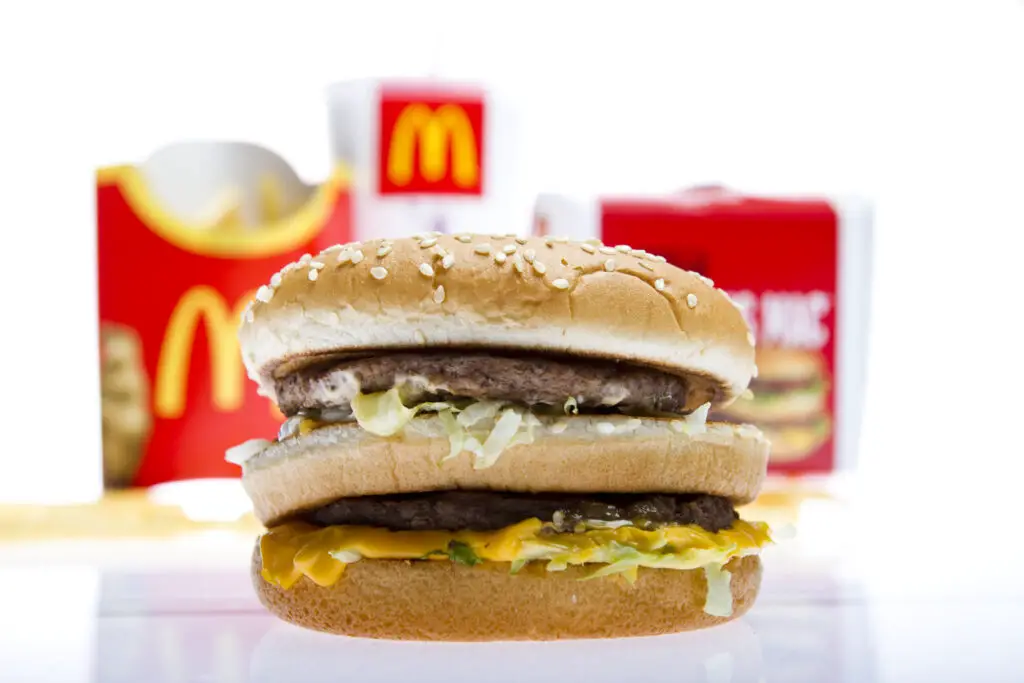
Those perfect grill marks on your fast food burger or chicken? Discovery Channel revealed that many are pre-applied at the factory using a branding machine or even painted on with edible dye. It’s all part of creating that fresh-off-the-grill illusion.
The meat is usually cooked on a flat top or in an oven, never touching an actual grill. This revelation surprised even people who’d worked in restaurant supply chains. Turns out, the marketing is sometimes more carefully cooked than the food itself. It made a lot of people rethink their assumptions about “flame-grilled” flavor.
8. Soda Syrup Ratios Are Often Manipulated
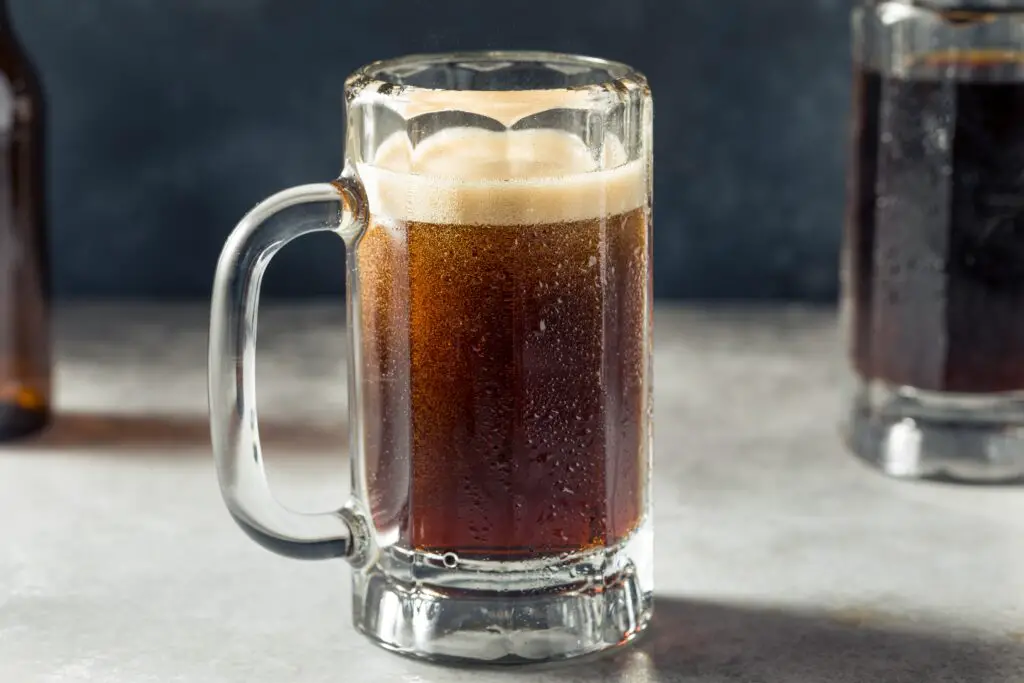
Discovery Channel exposed how some fast food locations tweak the soda-to-syrup ratio in their fountains. This can make your drink taste weaker or stronger than expected, depending on how it’s adjusted. It’s usually done to stretch supply or account for local taste preferences.
Industry insiders admitted it’s a quiet but common practice, especially during high-traffic times. You may think your cola is watered down by accident, but it might be part of a cost-saving strategy. Some franchises even train staff to change the settings without customers noticing. It left more than a few beverage engineers shaking their heads.
9. Some “Egg” Sandwiches Have Very Little Egg
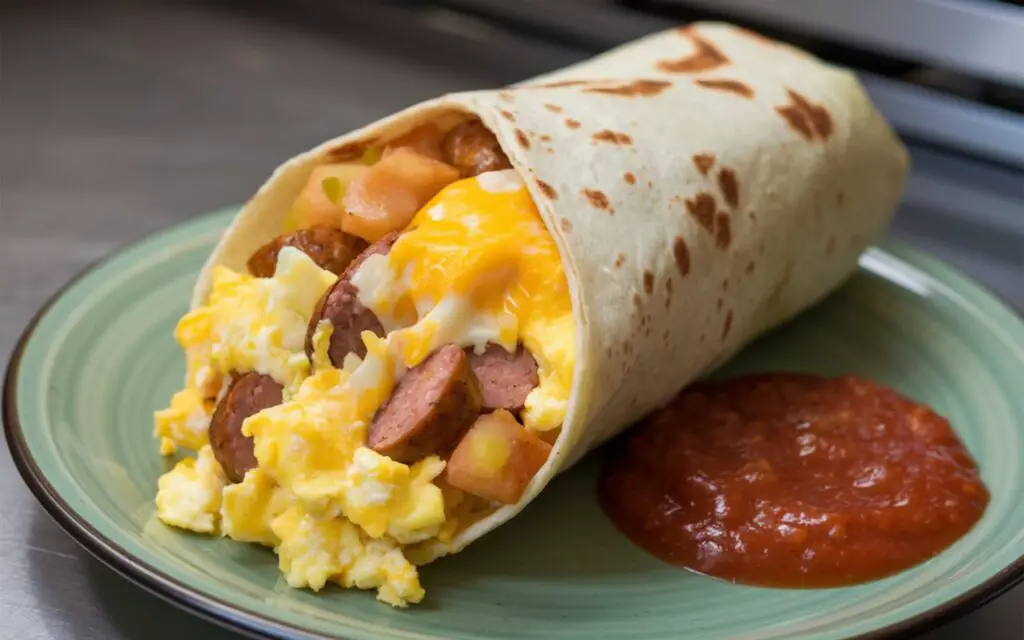
That breakfast sandwich you love might not be as eggy as you think. Discovery Channel tested a few popular fast food breakfast items and found that some “egg” patties contain more than a dozen other ingredients. These include starches, preservatives, and even food coloring to make it look more yellow.
One food scientist said the egg is often used more as a binding agent than a starring ingredient. The texture is carefully engineered to feel like a freshly scrambled egg, even if it’s mostly filler. After the show aired, some brands reformulated their recipes or started labeling items as “egg-style.” But the illusion is still alive and well in many drive-thrus.
10. “All-Day Breakfast” Was a Logistics Nightmare

When major fast food chains started offering all-day breakfast, it seemed like a dream come true. But Discovery Channel showed how the decision led to total chaos behind the scenes. Kitchen layouts weren’t designed to handle pancakes and burgers at the same time.
Industry insiders shared stories of frustrated staff, supply chain backups, and longer wait times. Many locations had to add new equipment just to meet demand. What looked like a simple menu expansion turned out to be a major operational headache. It made other restaurants think twice before following suit.
11. Fast Food Coffee Is Often Stronger Than You Think

Discovery Channel tested the caffeine content in various fast food coffees and found that some had almost twice the caffeine of a typical cup. This helped explain why people felt so wired after that morning drive-thru stop. Chains often bump up the strength to keep customers coming back.
Even seasoned baristas were surprised by how concentrated some of the brews were. It’s a smart business move—caffeine keeps people loyal. But it also raised eyebrows among nutritionists and doctors who worry about overconsumption. That seemingly harmless medium coffee might be doing more than you bargained for.
12. The Drive-Thru Timer Is Real

Ever wonder why fast food workers seem so rushed? Discovery Channel confirmed that most drive-thrus are timed from the moment you pull up to the speaker until you drive away. The results are tracked, reviewed, and sometimes tied to employee bonuses or penalties.
Some restaurants even gamify the timer to keep employees motivated. Managers admitted to feeling enormous pressure to hit those speed goals, even if it meant cutting corners. It explained a lot about why special orders sometimes get “forgotten.” Turns out, the clock really is ticking, and your burger is racing against it.
13. Some “Fresh” Items Are Months Old
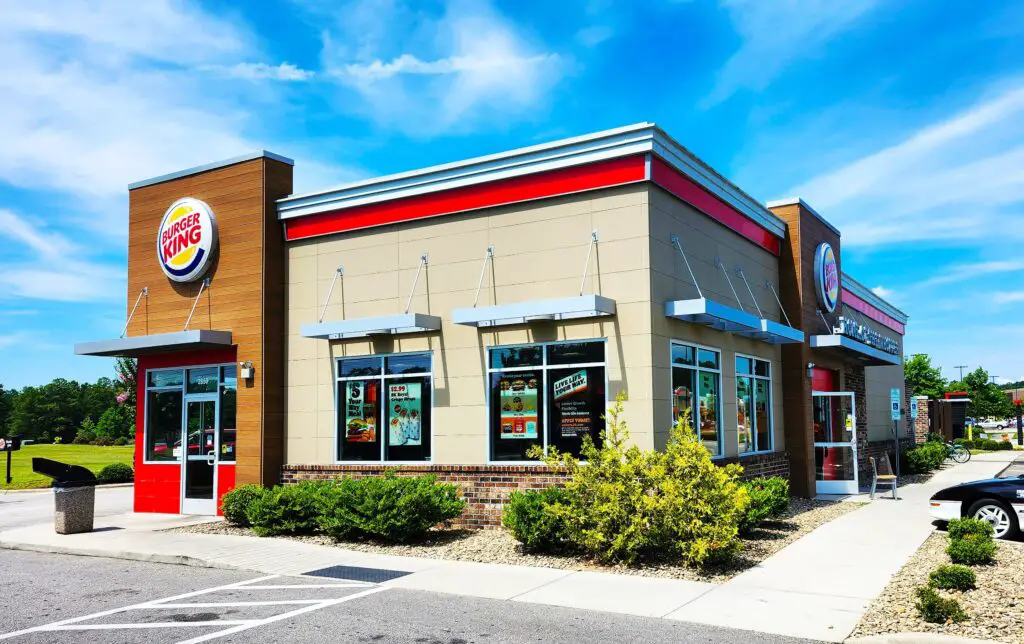
Discovery Channel featured a segment on food storage and revealed that some “fresh” fast food items can be frozen for up to a year before they hit your plate. This includes meats, pastries, and even some veggies. The term “fresh” is often used loosely in the industry.
Employees from different chains anonymously shared how products arrive pre-cooked and vacuum-sealed, ready to be reheated. Even items marketed as “made today” might have been made last winter. The food safety side checks out, but the marketing can feel misleading. It made even veteran chefs a little uneasy.
14. Secret Menus Are Often Just Clever Marketing
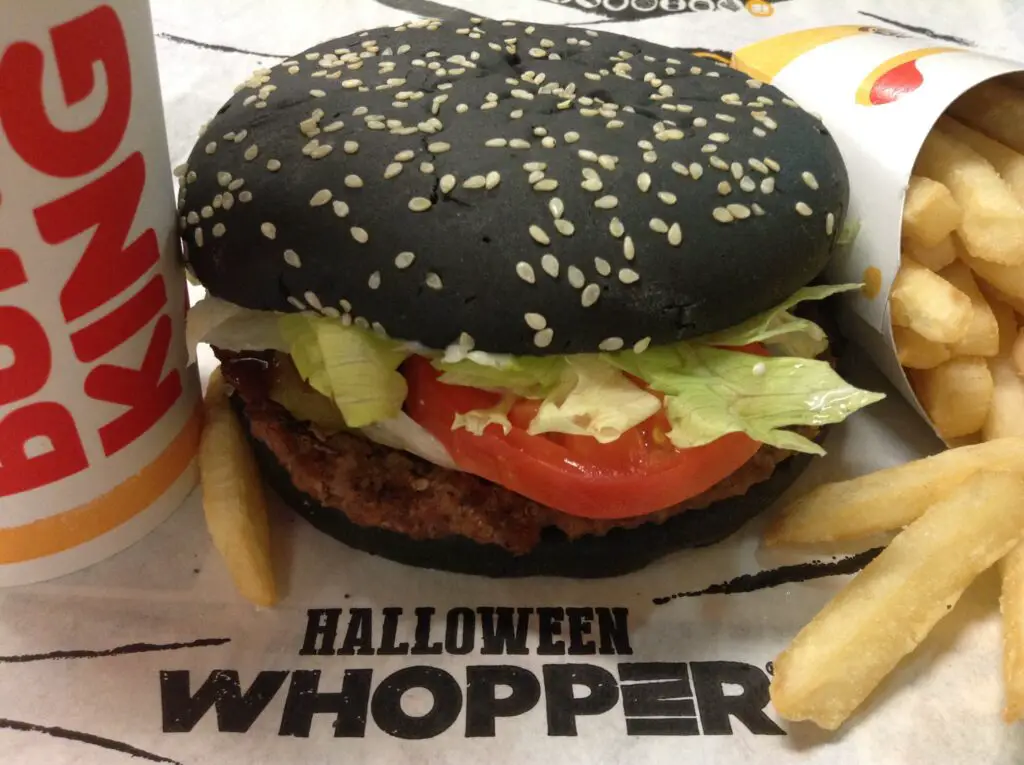
Discovery Channel dug into the idea of “secret menus” and found that many of them aren’t actually secrets. They’re unofficial combinations invented by fans and spread online. Most employees will recognize them, but they aren’t trained on them.
A few insiders admitted these “off-menu” items are often encouraged behind the scenes. It adds to the cool factor and keeps buzz going. But there’s no magic list behind the counter—just ingredients being rearranged. It’s a fun gimmick, but not quite the underground club people imagine.
